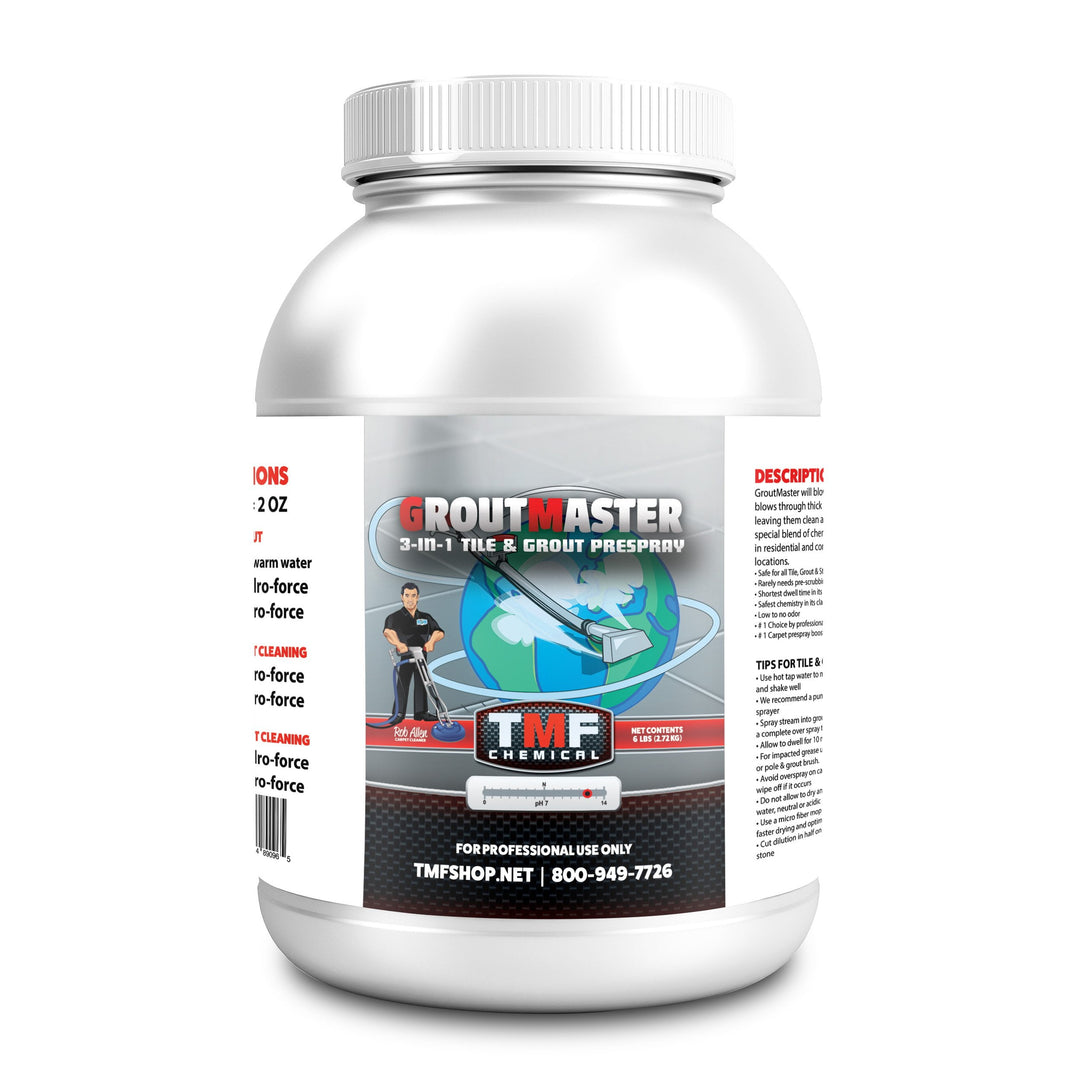Are These Carpets Clean? Steam Clean or Dry Cleaning Carpets?
Two methods stand out in carpet cleaning: hot water extraction (HWE) and very low moisture (VLM) cleaning. Both have their merits, but which is best for your carpets? Let's explore the pros and cons of each method to help you make an informed decision.
Understanding Hot Water Extraction
Hot water extraction, commonly known as steam cleaning, is a deep cleaning method that uses hot water and cleaning solutions to penetrate carpet fibers and remove dirt, allergens, and contaminants. This process often utilizes a truck mount carpet cleaner, which provides robust cleaning power and efficiency.
Benefits of Hot Water Extraction
- Superior deep cleaning capabilities
- Effective removal of allergens, bacteria, and contaminants
- Ideal for heavily soiled carpets
- Recommended for cut pile carpets
When to Use Hot Water Extraction
For heavily soiled commercial carpets, especially cut pile carpets in offices or retail environments. When deep cleaning is necessary, it’s common to use commercial carpet cleaning equipment designed for thorough, professional results. This method is particularly useful for removing stubborn stains and odors.
The VLM Cleaning Method
To clean carpets, VLM cleaning uses minimal moisture, chemical solutions, and mechanical agitation. For a quicker, maintenance-friendly approach, many professionals turn to a portable carpet extractor, which is highly effective in areas where fast drying times are essential.
Advantages of VLM Cleaning
- Faster drying time
- Suitable for commercial settings and high-rise buildings
- Effective for maintenance cleaning
- Can be used on moisture-sensitive carpets
When to Use VLM Cleaning
In commercial settings with glue-down carpets on concrete, VLM cleaning is ideal. This method, combined with the right carpet cleaning supplies, can maintain cleanliness between deep cleans without the need for excessive moisture.
The Cleaning Dilemma
Many carpet cleaners face a dilemma when choosing between HWE and VLM. While VLM can make carpets look clean quickly, it may not provide the same level of deep cleaning as HWE. This could mislead customers who see immediate results but may not realize the method's limitations.
Professional Insights
Experienced cleaners recommend using both methods depending on the situation:
- Use HWE for deep cleaning and contaminant removal in commercial settings
- Employ VLM for maintenance cleaning or in specific commercial environments
- Educate customers about the benefits of each method and the importance of regular, thorough cleaning
The Importance of Education
As professionals in the carpet cleaning industry, it's crucial to educate customers about the following:
- The cyclical nature of flooring preferences
- The health benefits of well-maintained carpets
- The importance of regular professional cleaning
By providing this information, we can help customers make informed decisions about their flooring and maintenance choices.
Industry Insights
The carpet cleaning industry has proven to be recession-resistant. During economic downturns, many business owners or facility managers opt to clean their carpets rather than replace them, highlighting the importance of offering quality cleaning services.
Understanding the differences between hot water extraction and VLM cleaning can help you make informed decisions about carpet maintenance. Remember, regular professional cleaning, using the appropriate method for each situation, is key to maintaining healthy, beautiful carpets in commercial settings.
Frequently Asked Questions
How often should carpets be professionally cleaned?
We recommend professional cleaning every 6 to 12 months, depending on foot traffic in commercial spaces.
Is VLM cleaning sufficient for all carpet types?
While VLM is versatile, it may not provide adequate deep cleaning for some carpet types or heavily soiled areas. Consult a professional for the best approach.
Can hot water extraction damage carpets?
When performed correctly by professionals, hot water extraction is safe for most carpets. However, some delicate materials may require alternative methods.





